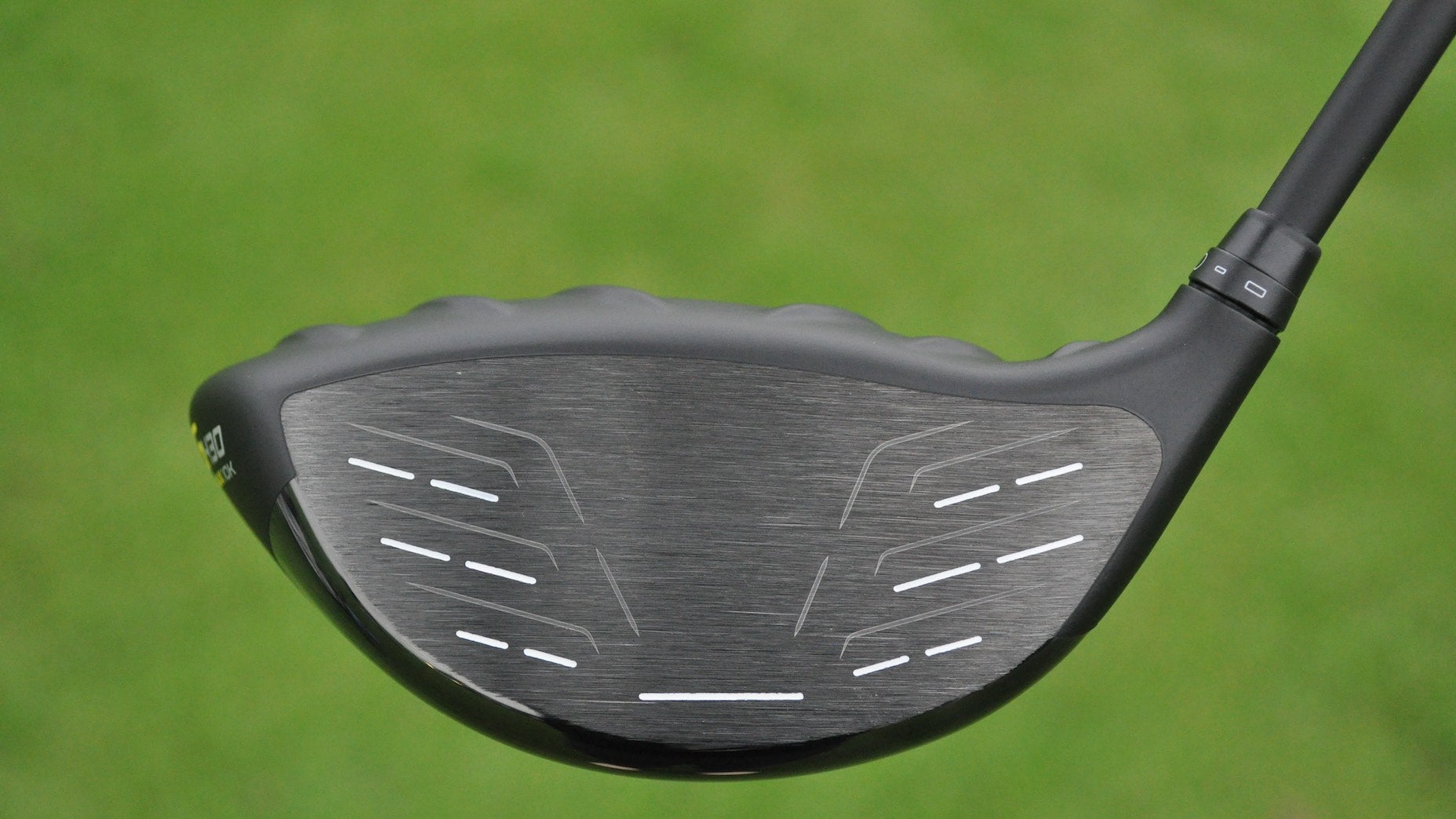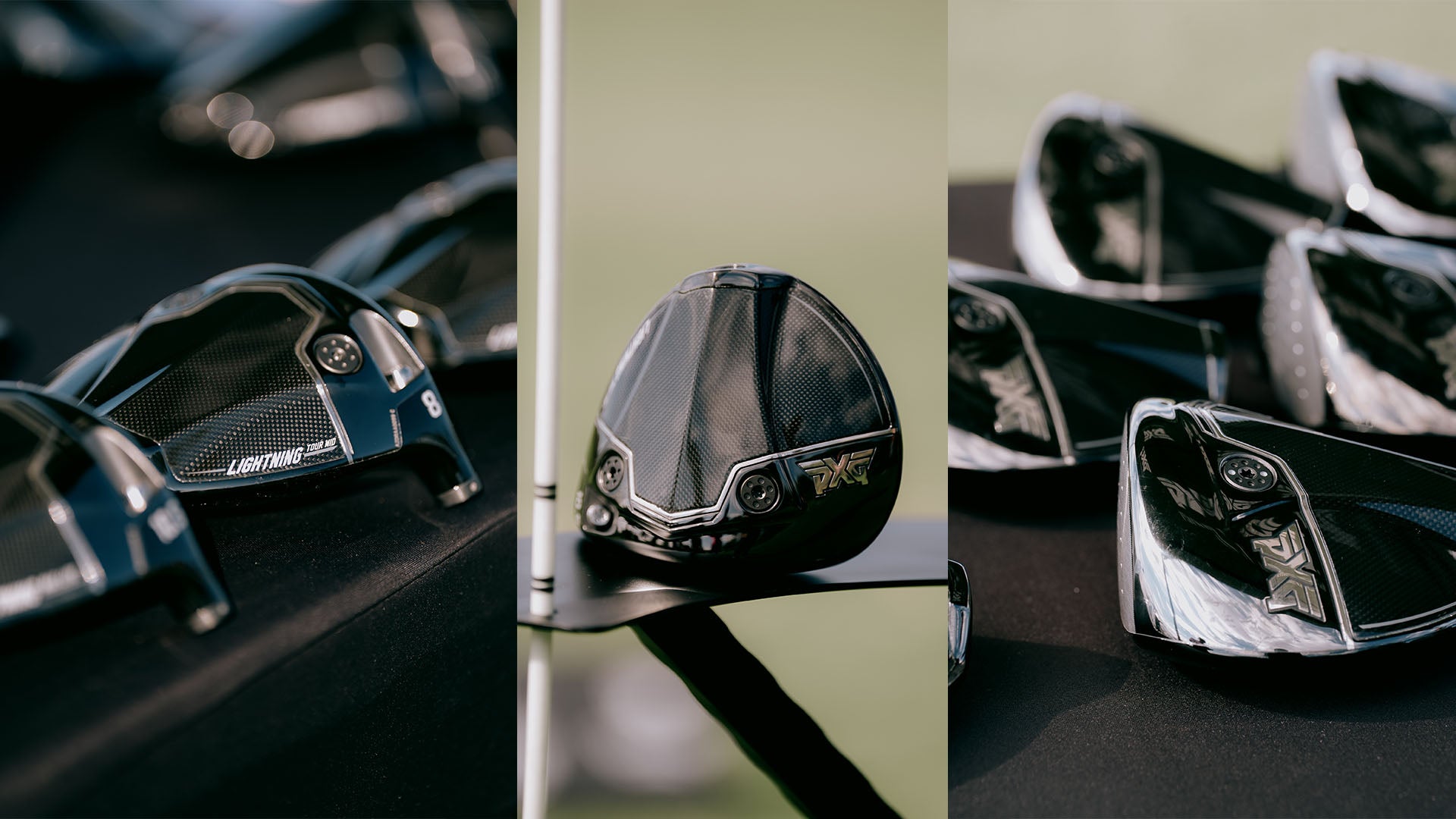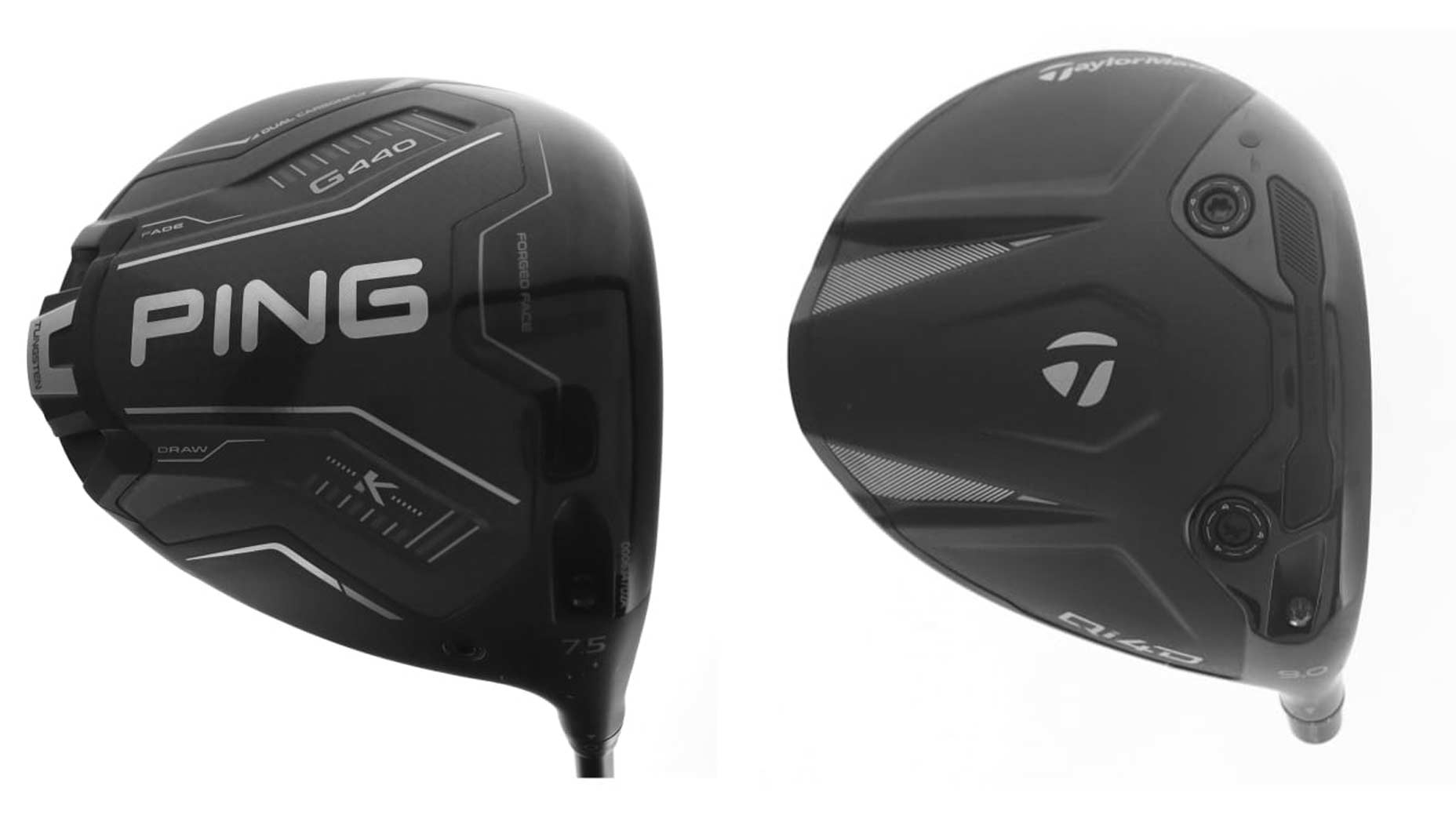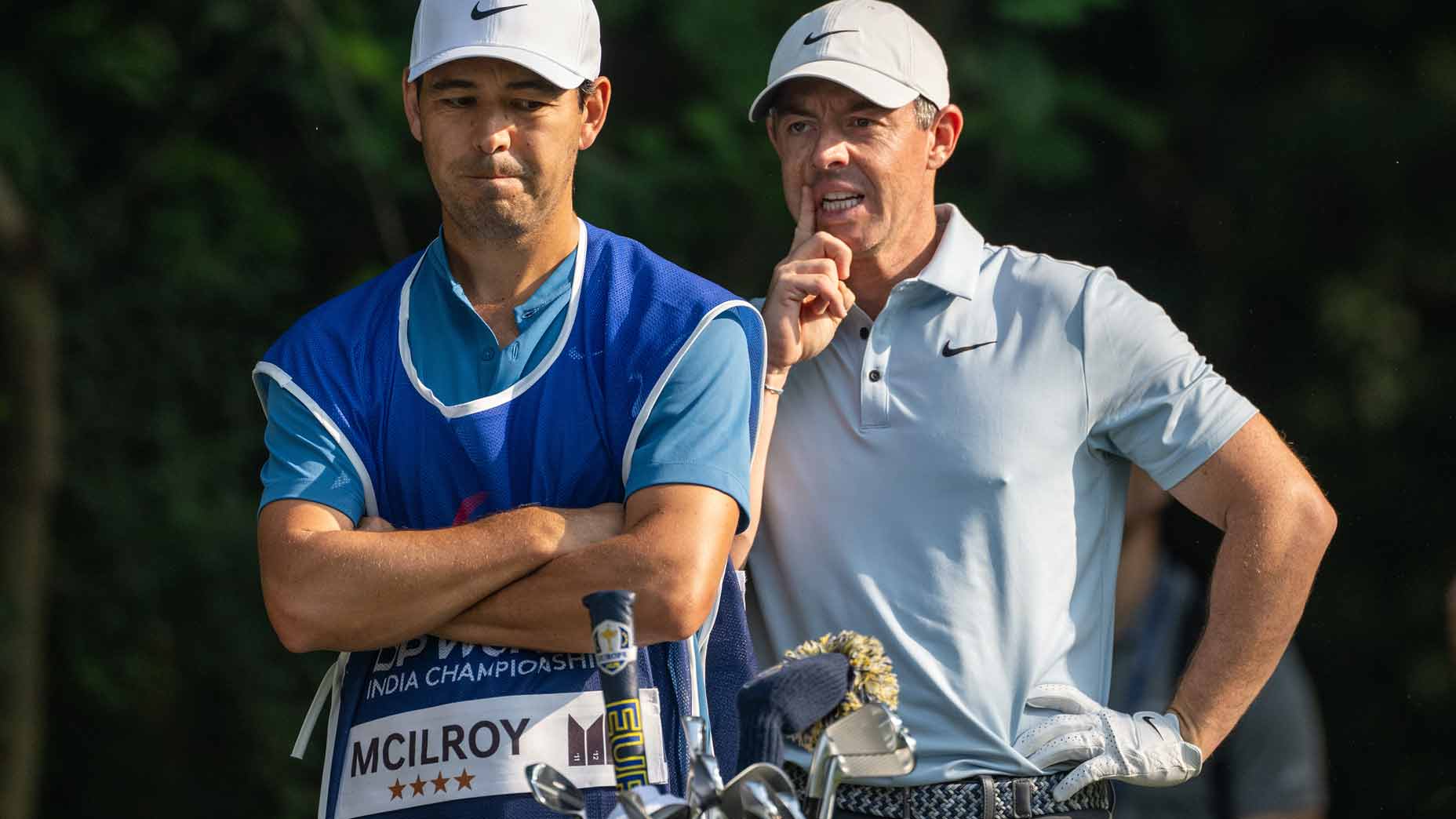We try not to play favorites when it comes to the newest gear, but it’s human nature to want to know which clubs exceeded expectations during our latest round of robotic driver testing with Golf Laboratories’ swing robot. So instead of playing coy, we decided to oblige during an all-new episode of GOLF’s Fully Equipped podcast and offer up a list of driver models that impressed us the most.
As expected, the crew produced a wide range of opinions, which seems natural when you’re trying to pick top performers from arguably the best driver crop we’ve ever tested. There’s a good reason why we believe this is the “Year of the Driver.”
So without further ado, we present the list of 2024 drivers that impressed us the most. (And if you want to learn more about how every driver model — not to mention each specific loft — performed, make time for the episode.)
***
Kris McCormack (True Spec Golf’s VP of Tour and Education) | Callaway’s Paradym Ai Smoke Triple Diamond: “If I absolutely had to pick one right now, it’s the [Paradym Ai Smoke Triple Diamond]. From a quantity of sales perspective at True Spec, [the Triple Diamond] has the slightest edge.”
Insights: Instead of burying the lede, let’s start with the most stunning turnaround we saw during robotic driver testing. And we’re not just talking about the Paradym Ai Smoke family. Callaway has been touting the benefits of Artificial Intelligence since the days of Epic Flash, but if there’s one model that’s continually struggled to maintain distance on off-center strikes, it’s the Triple Diamond.
The low-spin offering is geared for faster players who generally don’t hit it all over the face. But things are changing in a big way with Ai Smoke Triple Diamond. The trend we saw with many of the drivers we tested on the robot was lower launch and spin — except Paradym Ai Smoke.
Even with the Triple Diamond (9- and 10.5-degree heads), spin was closer to the middle of the pack at 2,500-2,900 RPMs (95 mph) with launch ranging from 11.5-12 degrees. Those numbers are more in line with some of the more popular Max heads we tested.
Even more impressive were the improvements in off-center carry distance that saw high-toe misses go from losing 11.1 yards (’23 Paradym) to just 4.8 yards (’24 Ai Smoke). Heel misses on the 9-degree head were equally impressive with just 9.7 yards of carry distance lost, when compared to geometric center strikes.
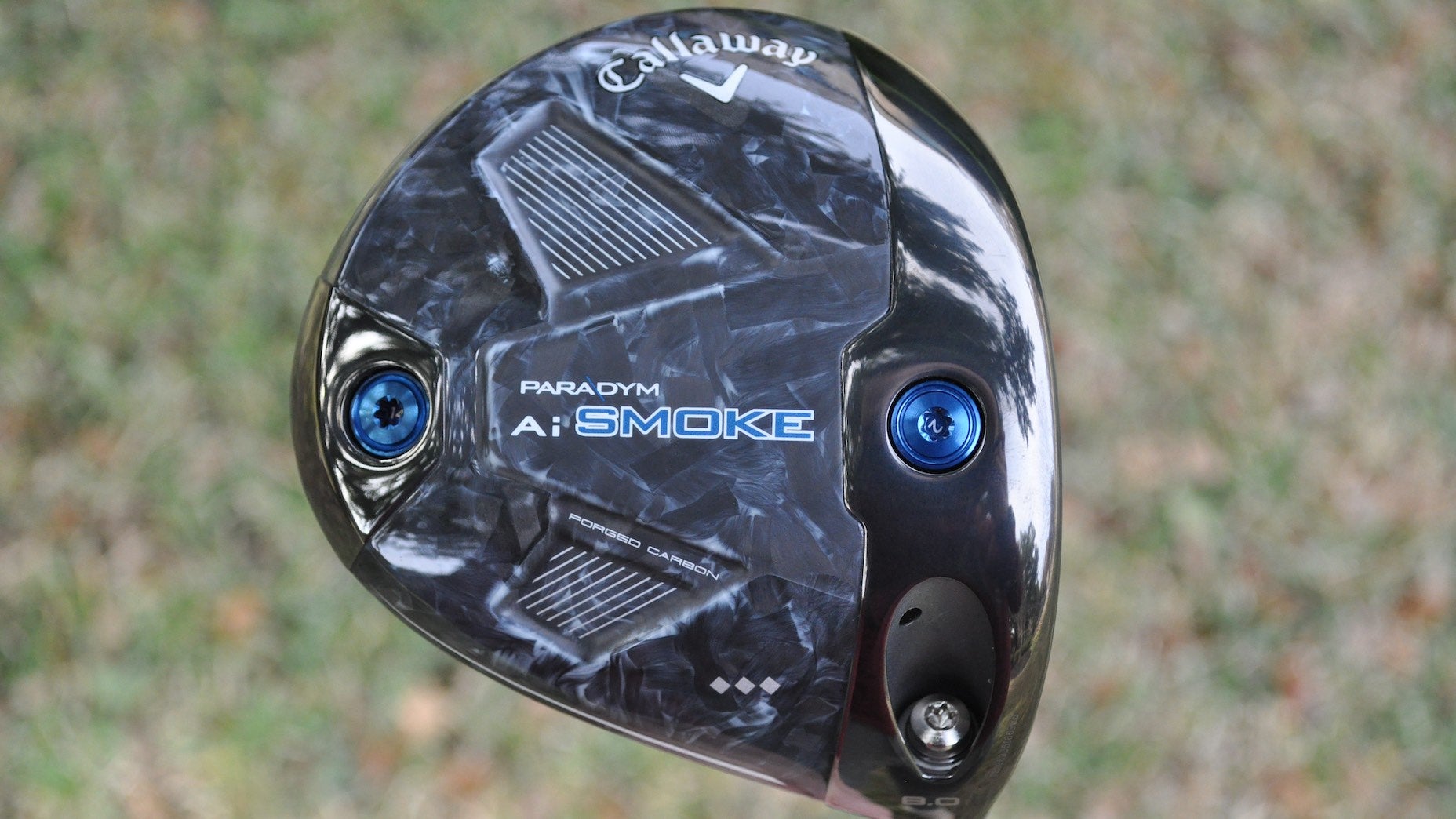
With an average carry distance loss number under 10 yards across all eight mishit locations, it’s safe to say you shouldn’t shy away from the Triple Diamond if inconsistent contact is an issue.
Throw in a 1.7-mph ball speed increase and an offline dispersion of just 10.5 yards (10.5-degree Triple Diamond head) and you can see why it’s hard to not be impressed with the performance of Callaway’s latest low-spin option.
Ryan Barath (GOLF’s senior equipment editor) | Cobra Darkspeed Max: “Full disclosure, I was fit for the PXG Black Ops Tour, and that thing is awesome. I have not had the chance to test [Cobra’s Darkspeed] at home, but I know it’s on the way. I have hit outside and tested it elsewhere, and it’s impressive.

Cobra DarkSpeed Max Custom Driver
View Product
“For someone like myself, if you’re someone who desires low spin, the Black Ops Tour is hard to ignore. But if I had to pick one consumer product that’s going to be a really good driver, I do think it’s the Darkspeed. Adjustable weight, adjustable hosel, and there’s a lot we’ve seen from the robotic performance. To me, that’s where I think a lot of golfers will find that performance advantage. But if I’m taking a 1B, it’s the PXG Black Ops Tour.”
Insights: The 9- and 10.5-degree Darkspeed Max earned high marks for forgiveness at 95 mph. With carry distance deltas — we take the carry distance for a center strike and compare it to the other eight mishit locations — hovering around 7 yards, it’s possible a golfer could see little to no distance loss, regardless of impact location.

In particular, a 1/2-inch high center strike on the 9-degree Max head was 1-yard longer than a center strike. And for golfers who routinely find the high toe, 1/2-inch high 3/4-inch toe impacts with the same 9-degree Max lost only 0.3 yards.
It essentially means you could see little to no distance loss on one of the most common mishit locations with the same 9-degree Max.
Gene Parente (Golf Laboratories co-founder) | Callaway Paradym Ai Smoke Max: “It was so high launching and low spinning that I think it’s going to be a really interesting club. For those golfers who have a negative attack and need to reduce spin, I think you’re going to see exceptional performance. The spin numbers were equal or lower to the Triple Diamond. The Max really caught my eye from an overall performance standpoint.”

Callaway Paradym Ai Smoke Max Custom Driver
View Product
Insights: All of the Paradym Ai Smoke models featured a higher launch with similar spin rates to last year’s Paradym. The Ai Smoke Max saw launch angle increase by 2 degrees with a nearly identical spin rate to its predecessor. But it’s not just the 10.5- and 12-degree heads that are seeing improved carry numbers.
“When you launch at 12 degrees, you’re at about 2,700 RPMs. Increase to 13 or 14 degrees and you’re going to 3,000 RPMs,” said Parente. “But with the [Ai Smoke Max], the launch increased but spin remained the same. So if you’re a player who needs less spin and a higher launch, this is worth a look.”
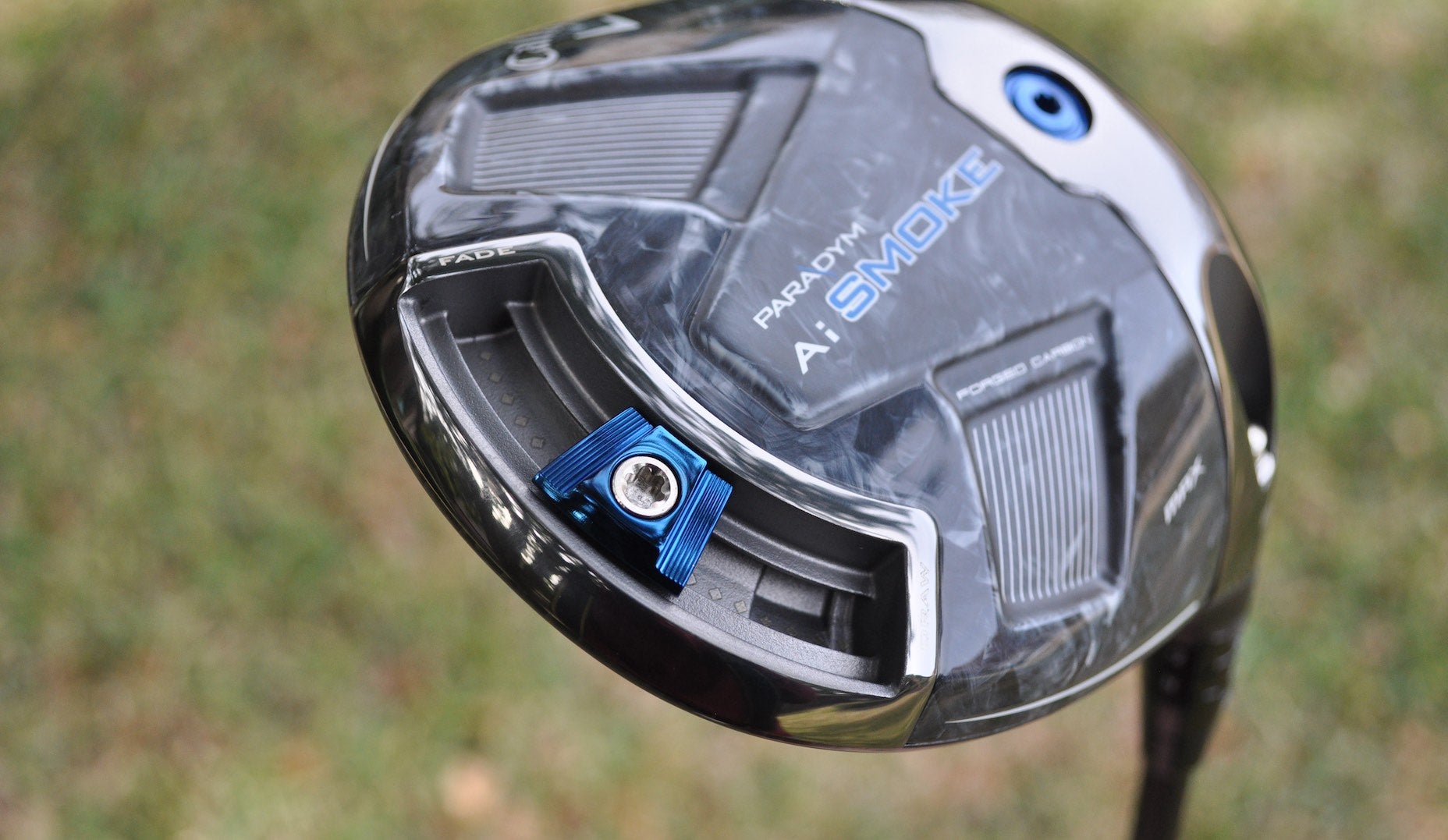
Even the 8- and 9-degree heads saw improved launch and spin characteristics, as well as overall performance, at 95 mph — including the Triple Diamond. That certainly wasn’t the case for many heads we tested in the lower lofts where carry, spin and forgiveness all took a hit.
“[Low-spin drivers] are designed for faster swinging players,” Parente said. “You do not get the benefits [at 95 mph] that you would at, say, 105 mph. With [Ai Smoke Triple Diamond], you did. It was still a very forgiving club in the 8- and 9-degree as well.”
Jonathan Wall (GOLF’s managing equipment editor) | Ping G430 Max 10K and TaylorMade Qi10 Max: “The [10K driver] story is a big one this year. It was touted as this magical number. Sometimes the stories around these special products fall flat, and other times they live up to the hype. This is one of the times when 10K lives up to the hype. The Ping G430 Max 10K and TaylorMade Qi10 Max were really special during robotic testing. I think they’re worth the price people are going to need to pay for them.
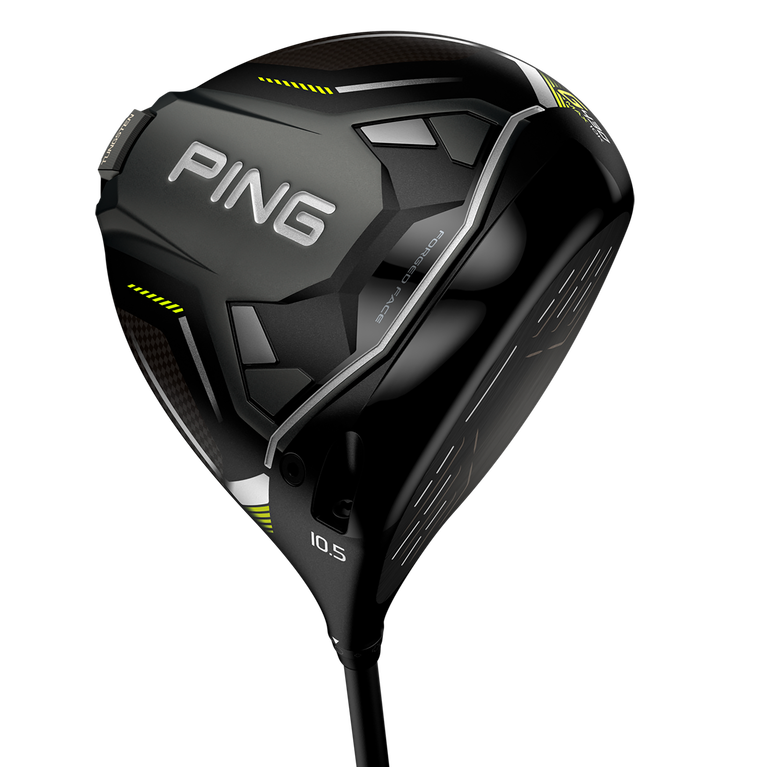
PING G430 Max 10K Custom Driver
View Product
“That’s ultimately what everyone wants to know: Is [the driver] really worth it? Based on the robotic numbers we saw, they are super stable products that allow golfers who are inconsistent with their contact to have more fun on the golf course.”

TaylorMade Qi10 Max Custom Driver
View Product
Insights (G430 Max 10K): Looking closer at the numbers, G430 Max 10K earned high marks on toe strikes with a carry distance delta of 2.5 yards. Low center strikes saw a similar drop-off in distance, to the tune of 3.1 yards with the 10.5-degree head.
The tight carry distance deltas give 10K products a slight edge over their Max counterparts, but there’s an even more impressive aspect that needs to be discussed.
On a geometric center strike, the 10.5-degree G430 Max 10K produced 12 degrees of launch and 2,700 RPMs of spin. With most of the drivers we tested, moving impact a half-inch lower on the face generally decreases launch and increases spin by anywhere from 200-400 RPMs.

But that wasn’t the case with 10K when the impact location was lowered. Launch decreased to 9.4 degrees, but spin remained constant at 2,700 RPMs.
The goal is to make the launch and spin deltas tighter on mishits so they mimic numbers you’d see on a center strike, which is exactly what the robot saw with Ping’s 10K offering on a common mishit.
It’s important to note the other mishit areas on the face also saw more consistent launch and spin rates during testing, but the lower portion of the face is where this driver shines.
Insights (Qi10 Max): Back in 2022, Cobra’s LTDx Max driver (10.5 degrees) produced an average distance loss number that almost seemed to good to be true. Comparing a geometric center strike to the other eight mishit locations the swing robot tested on the face, LTDx Max lost only 3.4 yards. It remains the best performance we’ve seen in terms of off-center performance since GOLF started conducting robotic testing.
TaylorMade’s 12-degree Qi10 Max came oh-so-close to taking the crown with a 3.5-yard distance loss number that was nearly 2 yards better than the runner-up 12-degree Qi10 Core model (5.2 yards).
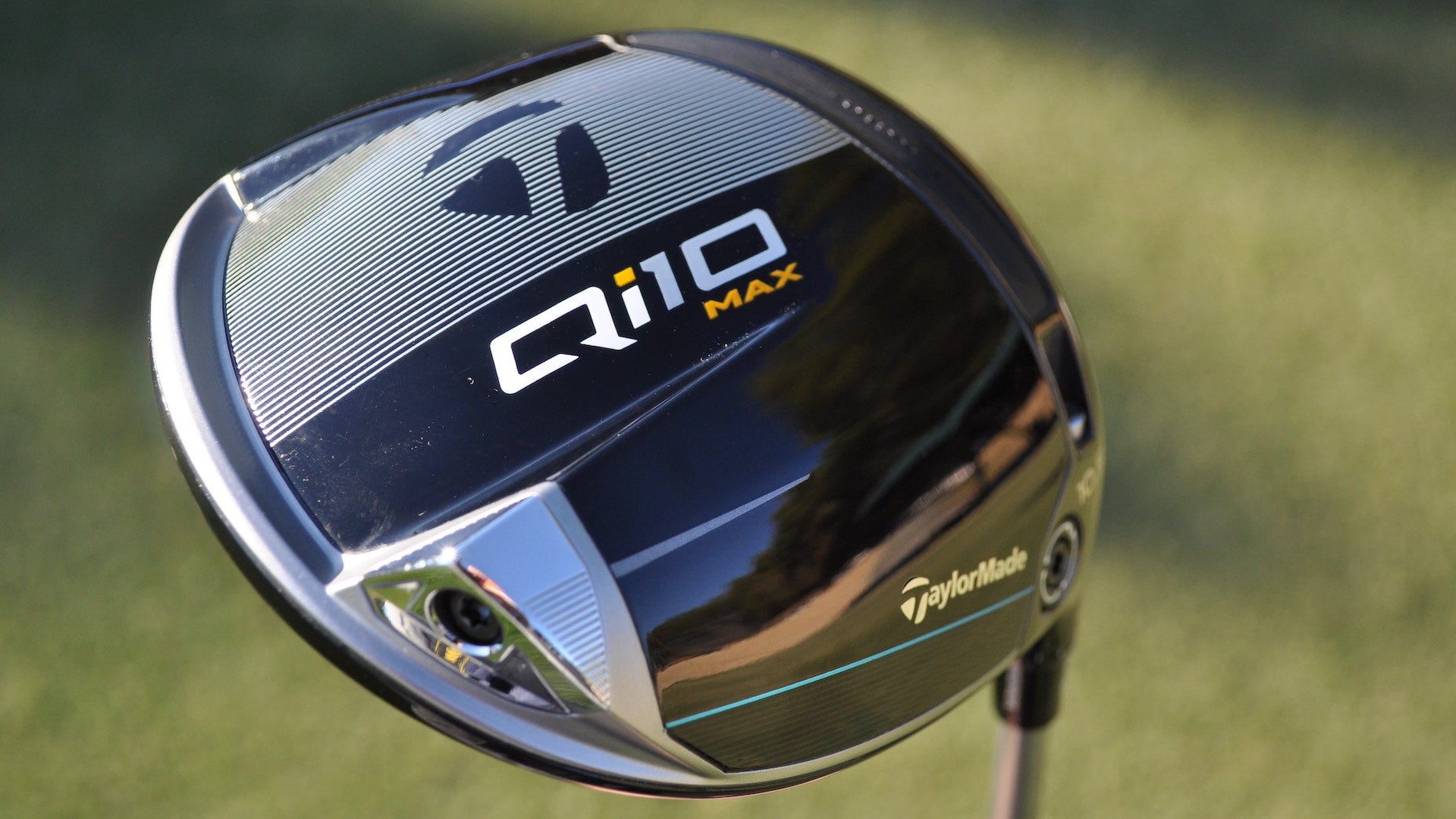
For golfers who swing around 95 mph with a neutral attack angle, the 12-degree Qi10 Max is most certainly a driver that needs to be in the testing discussion, regardless of impact location.
Even low toe and heel misses — two locations that produced distance losses ranging from 20-40 yards with other models — saw distance decrease by only 11.5 yards.
Every driver has flaws, but the 12-degree Qi10 Max is about as good as it gets when it comes to retaining ball speed and maximizing performance across all mishit locations.
Want to overhaul your bag for 2024? Find a fitting location near you at True Spec Golf.
